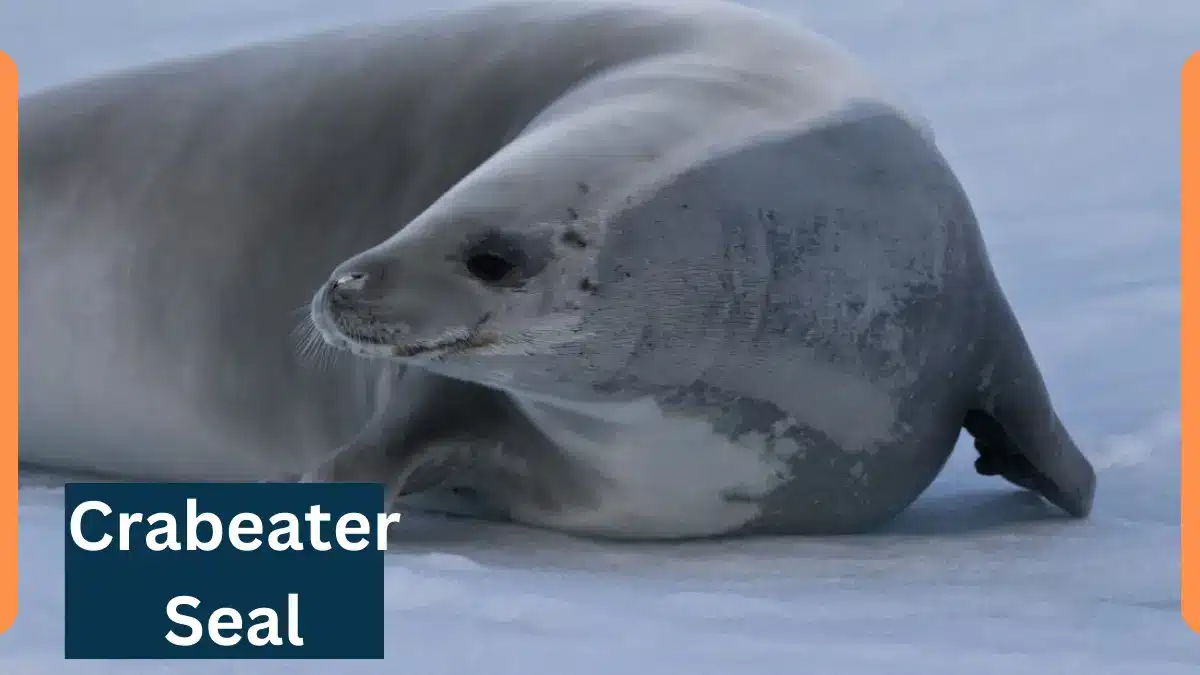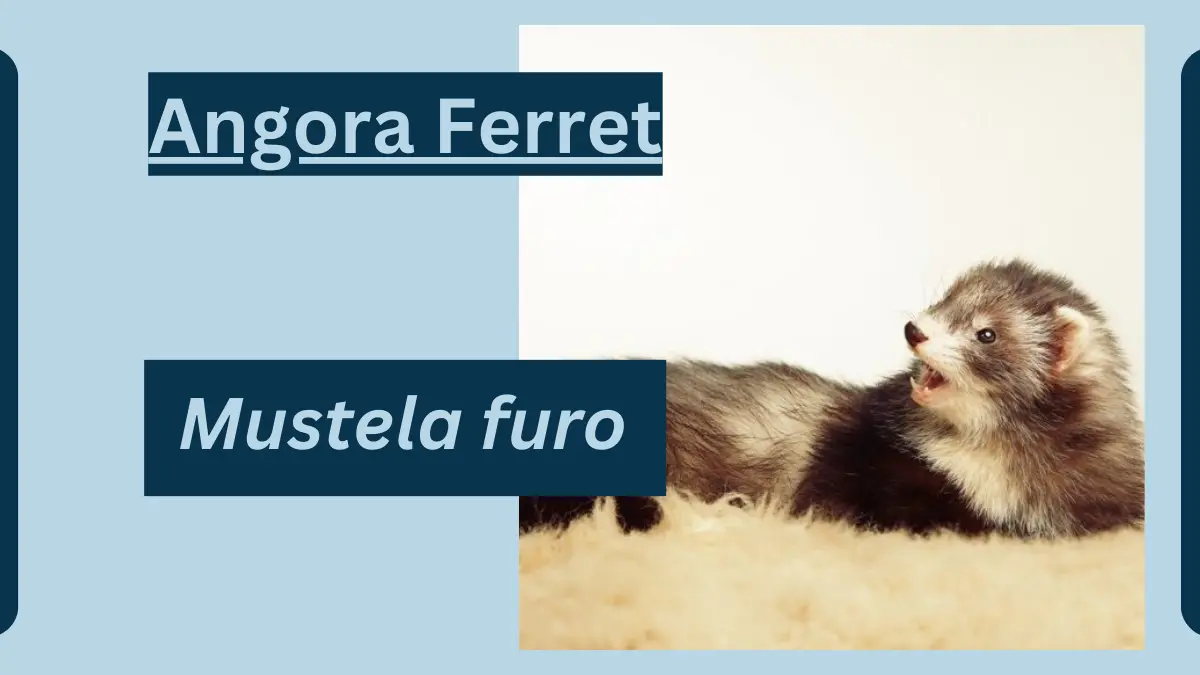African Buffalo Animal Facts | Syncerus caffer
October 16, 2023
The term “Buffalo” can refer to two distinct species, both of which are large mammals native to different parts of the world.

African Buffalo
Here are some facts about both species:
| Topic | Information |
| Scientific Classification | – Kingdom: Animalia |
| – Phylum: Chordata | |
| – Class: Mammalia | |
| – Order: Artiodactyla | |
| – Family: Bovidae | |
| – Genus: Syncerus | |
| – Species: Syncerus caffer | |
| Origins and Distribution | African Buffalos, also known as Cape Buffalos, are native to sub-Saharan Africa and are found in a wide range of habitats, from grasslands and savannas to forests and wetlands. They are often seen in countries such as South Africa, Kenya, and Tanzania. |
| Characteristics | Physical Appearance: African Buffalos are large, robust, and dark-colored bovines with distinctive horns that form a characteristic “boss” or fused base. They have a stocky build and shaggy fur. |
| Size: Adult African Buffalos can weigh between 1,100 to 2,200 pounds (500 to 1,000 kilograms) and stand about 4.3 to 5.9 feet (1.3 to 1.8 meters) at the shoulder. | |
| Behavior and Lifestyle | African Buffalos are known for their social behavior and are often seen in herds that can range from a few individuals to several hundred. They are herbivores and graze on grasses and other vegetation. |
| Reproduction and Life Cycles | They reproduce sexually, with females giving birth to single calves. The mating season can vary, and the calves are cared for by the entire herd. |
| Diet and Prey | African Buffalos are herbivores, primarily consuming grasses, herbs, and other plant material. They are important grazers in their ecosystems. |
| Predators and Threats | Lions and crocodiles are among their primary natural predators. They also face threats from habitat loss and diseases like bovine tuberculosis. |
| Interesting Facts and Features | Social Structure: African Buffalos have a strong social structure and are known for their collective defense against predators, making them challenging prey for predators. |
| Conservation Status: Their population is considered near threatened due to habitat loss and diseases. Efforts are made to protect them. |
File Under:







Leave a Reply